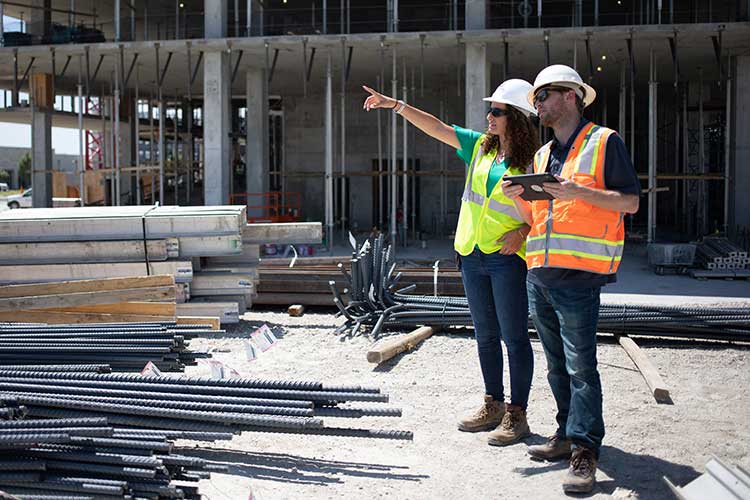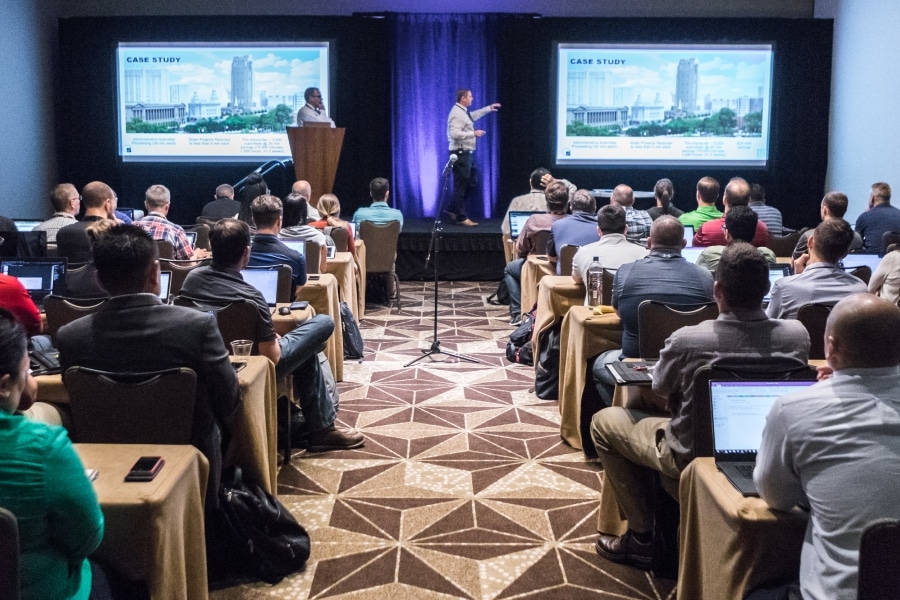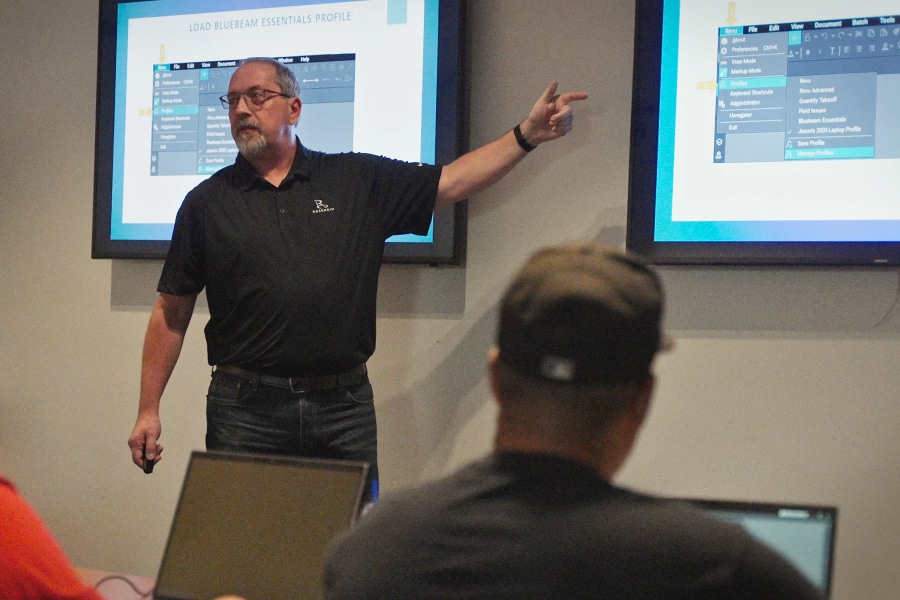There’s one question every engineer asks, every day: “Who changed the plans? Who made this change?”
Fast and clear communication has always been at the center of logistics. Today, communication is instantaneous between unlimited parties, but that speed can hopelessly tangle information in complex processes. For design and construction professionals in particular, QA/QC can feel like a minefield of notes, changes and checks they must cross together. For large projects, companies might require thousands of hours for QA/QC, and then hundreds more to check on compliance to their own processes.
Steve Tissier, P.E., is a Structural Engineer at American Consulting Professionals. One of Tissier’s tasks at a previous company was to develop a more efficient QA/QC process, something that took full advantage of Bluebeam technology and was more than a digital facsimile of the company’s “old school” pen and paper process, according to Tissier. They were already beginning to use Bluebeam Revu, but only to replicate their existing process in the digital environment. While this was an improvement, they still were not taking full advantage of the suite of tools in Revu, such as custom statuses and the Markups List.
Tissier took a two-pronged approach to the problem. First, there was the matter of tracking and communicating changes in a simple manner, and then there was the review to ensure that the QA/QC process was actually followed and completed. As it turns out, the solution to the second problem was built into the first, and simply awaiting the right technology.
Tissier identified that the first problem wasn’t simply a matter of organizing information so much as it was the waiting on the current step to complete before starting the next. As Tissier described it, the problem was that QA/QC was a “linear, finish/start relationship where step three can’t start until step two is finished, because the reviewer has the physical copy or the file is locked.” To eliminate the wait, Tissier looked to Bluebeam Studio Sessions, which enables a concurrent workflow as numerous parties work simultaneously on a single document—which leads to faster completions. In Studio, the documents had a “start/start relationship,” where numerous QA/QC hands at every step could be instantly alerted to changes and approvals, and could collaborate without losing track of the status of any particular change.
However, this required that every collaborator use the same system of custom statuses, so Tissier developed custom statuses to track each step of the QC process for each comment. Tissier’s goal was a QC process that “reduced the need for additional markups that specified what step of the process a comment is on. Now, you have just one comment that gets updated through the lifecycle of a QC.” Using Tissier’s process, the color of a comment automatically changes to a unique color when the participant updates the status of that comment. This enabled the status of a comment to be tracked both graphically on the drawing and textually in the Markups List Status column in Revu.
Tissier’s approach worked extraordinarily well upon implementation, as six-day QC schedules were regularly completed in four, and “in one case, nine days were scheduled for the QC process, but the work was completed in five,” Tissier explained.
Tracking all of these changes in a digital environment created the answer to the second challenge of ensuring process compliance. Tissier took the metadata of every change, which included who did what step of the QC process and at what time and day, and put that into an Excel spreadsheet tool of his own design. The result, according to Tissier, was a tool that would “run through a thousand comments and check them all to make sure that the process was done correctly in a matter of seconds, as opposed to someone taking hours or days going through to verify that the QC process was properly followed. This tool essentially guaranteed 100% compliance with the QC process, which really can’t be done without something like it. Overall, these changes led to savings anywhere from 10% to 30% on the QC time and budget.”
In a live poll that Tissier did with engineers at Bluebeam Extreme Conference, or XCON for short, the sample size reported that the “majority of them had company-specific QC processes, but only 40% said they truly follow the process, and 95% said they wished the process was better.” Tissier’s methods, which he’s presented twice at XCON, have been implemented by many other design and construction professionals looking to make their QC process more efficient and reliable. As Tissier described it, “Architects, engineers, contractors, we all do QC. We all have to review documents to make sure that they’re correct. So, it’s a universal process and that’s a universal tool that can be applied to any of the three AEC industries.”
Bluebeam Studio creates a shared digital environment for project design and review, but like all tools, it’s only as effective as the user. For Tissier, Studio was an opportunity to completely rethink the traditional QA/QC process, using technology to push his entire industry a step forward.











